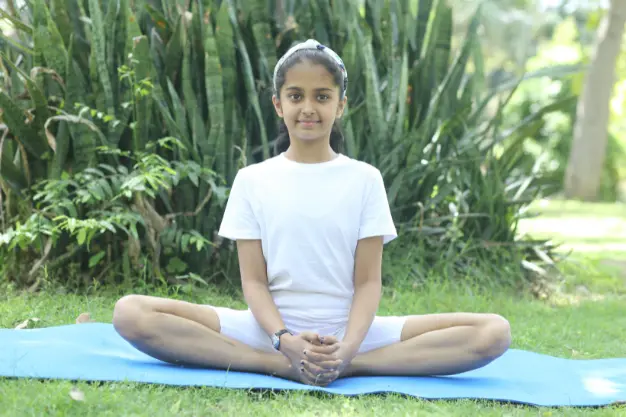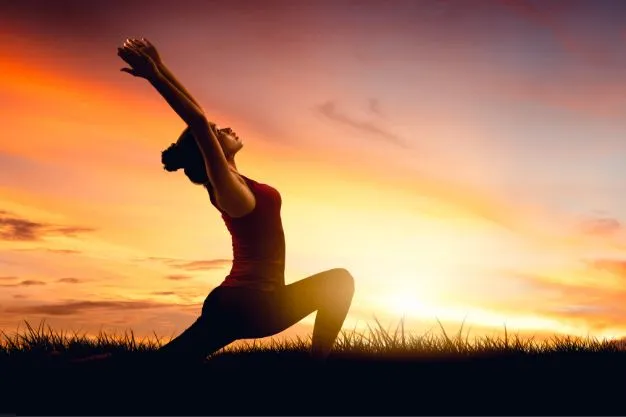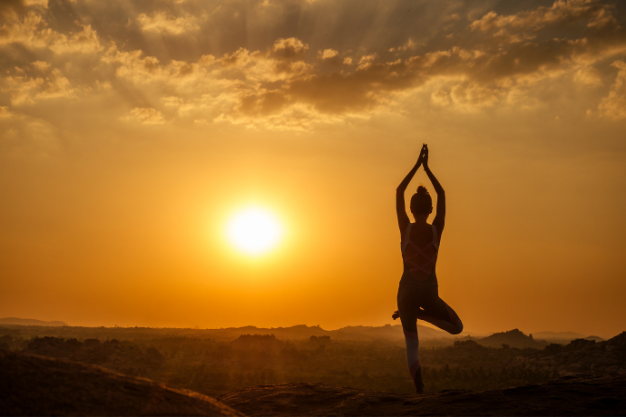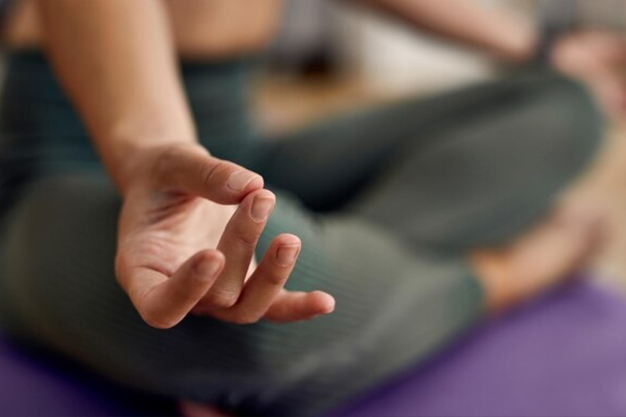The Eight Limbs of Ashtanga Yoga: A Path to Spiritual Harmony
Ashtanga Yoga
Begin a transformative journey with Ashtanga Yoga, attributed to the ancient sage Patanjali. This practice weaves together ethical principles, physical postures, breath control, and deep meditation, offering a roadmap for those desiring harmony of mind, body, and spirit. The Eight Limbs, often called the “Ashtanga Yoga Path,” serve as a timeless guide, leading individuals toward spiritual growth, self-discipline, and a balanced, enlightened life.
Yama (restraints) – Ethical Rules:
Yama, the foundational limb of Ashtanga Yoga, guides us in ethical living. Patañjali’s Yogasūtra outlines five Yamas: Ahimsa (compassion), Satya (truthfulness), Asteya (Non-stealing), Brahmachārya (Chastity), and Aparigraha (non-possessiveness). These principles promote kindness, honesty, moderation, and letting go, fostering a harmonious life.
Niyama (Observances) – Virtuous Habits:
Niyama, Ashtanga Yoga’s second limb, embraces five virtuous habits. These include Śaucha (purity), Santoṣha (contentment), Tapas (austerity), Svādhyāya (self-reflection), and Īśvarapraṇidhāna (surrender to the divine). Niyama promotes a disciplined and virtuous lifestyle, fostering inner strength, contentment, and connection with a higher power.
Āsana – Yoga Postures:
The third limb of Ashtanga Yoga, Āsana, centers on the physical aspect. It’s about discovering a comfortable, still posture that fosters steadiness and relaxation. Patanjali doesn’t dictate specific poses, emphasizing the essence of finding a posture that balances comfort and stillness. These physical postures prepare the body for meditation and spiritual practices.
Prāṇāyāma – Breath Control:

Prāṇāyāma, the fourth limb, is the art of mindful breath control. By consciously regulating breath, it taps into life force, enhancing awareness and vitality. It’s about directing breath to calm the mind and invigorate the spirit.
Pratyāhāra – Withdrawal of Senses:
Pratyāhāra, the fifth limb, is the skill of turning your focus inward, gently withdrawing from external distractions. It’s not just closing your eyes but consciously redirecting your mind from the sensory world, creating a calm space for deeper concentration and meditation.
Dhāranā – Concentration:
Dhāranā, the sixth limb, is all about concentration and a focused mind. It means directing your attention inward, holding onto a chosen focus like a thought or feeling. This practice deepens your connection with the chosen focus, bringing mental clarity and introspection.
Dhyāna – Contemplation:
Dhyāna, the seventh limb, follows concentrated focus in Dhāranā, evolving into contemplation. It’s a continuous flow of focused thought, absorbing the mind in meditation on the chosen point. This sustained concentration leads to a tranquil and meditative state, connecting the meditator with the chosen object.
Samādhi – Union and Harmony:
Samādhi, the last limb, represents the peak of spiritual achievement. It’s the state of oneness with the meditation subject, a harmonious union where the meditator and the object become inseparable. In Samādhi, boundaries fade, creating deep spiritual unity and inner peace.
Discover the transformative journey through Yoga’s Eight Limbs. These steps lead practitioners to spiritual balance, self-realization, and inner peace. Each limb builds upon the last, guiding individuals towards oneness of mind, body, and spirit. Embark on this progressive path to holistic well-being, finding harmony in the union of ancient wisdom and modern guidance. Join us on VyanitiYoga.com for a fulfilling exploration of Yoga’s transformative Eight Limbs.









